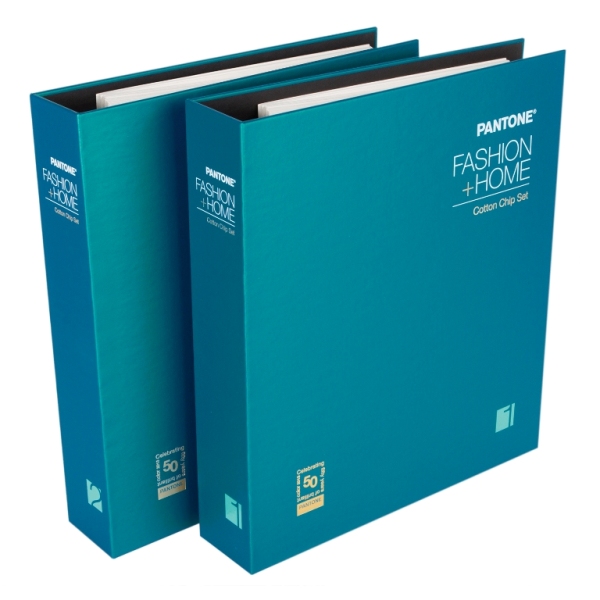All Your Queries Answered: A Comprehensive Guide to Calibration-Related Questions and Answers
What is calibration?
Calibration is the process of comparing the measurements of an instrument or device to a known standard to ensure accuracy. It is essential for maintaining the reliability and precision of measurement equipment.
Why is calibration important?
Calibration ensures that measurement instruments provide accurate and reliable results, which is crucial for various industries such as manufacturing, healthcare, and scientific research. It helps maintain quality control, regulatory compliance, and consistency in measurements.
How often should equipment be calibrated?
The frequency of calibration depends on factors like the type of equipment, its usage, and industry standards. High-precision instruments might require more frequent calibration, while others can have longer intervals. Manufacturers often provide guidelines for calibration schedules.
What are some common calibration methods?
There are various calibration methods, including the comparison method (comparing the instrument to a reference standard), the substitution method (replacing the instrument with a standard), and the self-calibration method (using built-in reference points within the instrument).
What industries rely on calibration?
Calibration is essential in industries such as manufacturing (for quality control), healthcare (for medical equipment), aerospace (for safety and precision), automotive (for emissions testing), and scientific research (for accurate data collection).
Can I calibrate my equipment myself?
Some simple instruments can be calibrated by the user, following proper procedures and using appropriate reference standards. However, for precise and critical measurements, professional calibration services are recommended to ensure accuracy.
What is traceability in calibration?
Traceability refers to the ability to link measurement results to a known reference through an unbroken chain of comparisons. Calibration laboratories establish traceability to national or international standards, ensuring the accuracy of their calibration services.
How is calibration documented?
Calibration documentation typically includes a calibration certificate that details the instrument's condition, the calibration process, the reference standards used, and the results of the calibration. This documentation is crucial for quality assurance and regulatory compliance.
What are some challenges in calibration?
Challenges in calibration include maintaining the accuracy of reference standards, environmental factors affecting measurements, instrument drift over time, and managing a consistent calibration schedule across multiple instruments.
Is calibration the same as adjustment?
Calibration involves comparing an instrument's measurements to a standard, while adjustment refers to making changes to the instrument's settings to bring it into alignment with the standard. Calibration ensures accuracy, while adjustment corrects any deviations.
Remember, calibration is a specialized field, and for critical applications, it's advisable to seek the services of professional calibration laboratories to ensure accurate and reliable measurements.







